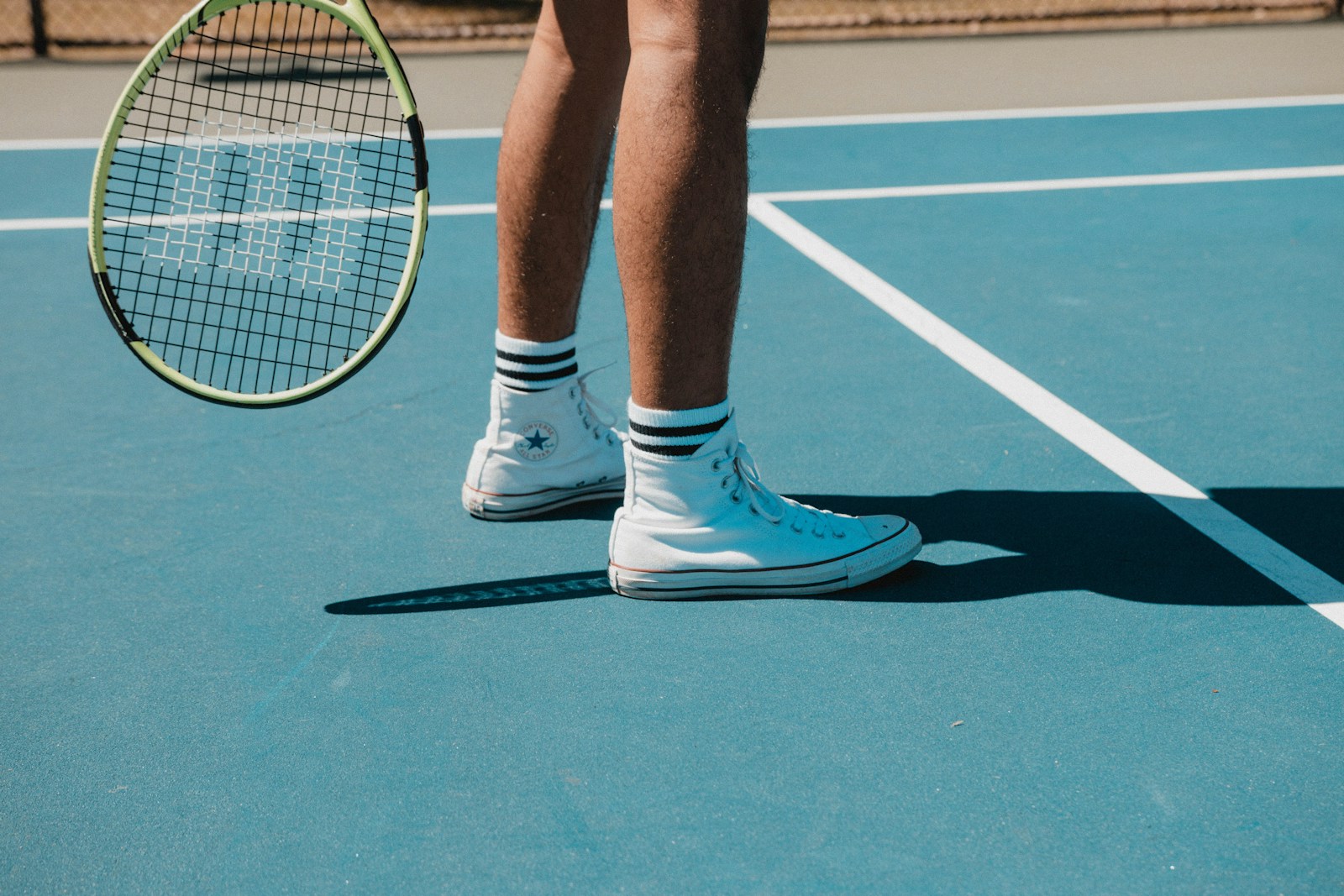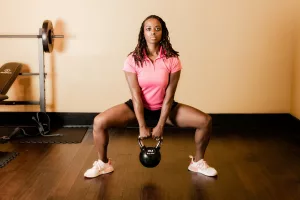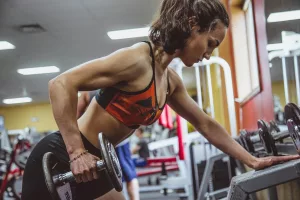Height growth during the teenage years is influenced by a combination of genetics, nutrition, and physical activity. Engaging in specific sports and exercises can help maximize an individual’s potential for height growth during these critical years. This article explores 15 sports and exercises that are beneficial for height growth in teenagers, supported by insights on how each activity supports physical development.
Understanding Height Growth in Teenagers
Genetics and Height
Genetics plays a dominant role in determining a person’s height. DNA inherited from parents dictates factors such as bone length, growth rate, and overall skeletal structure. Variations in specific genes can influence height, with some individuals genetically predisposed to be taller or shorter than others. However, it’s important to note that genetic potential only sets the upper limit of height potential; environmental factors ultimately determine whether an individual reaches that limit.
Environmental Influences
During adolescence, the body undergoes significant growth and development, thanks to hormonal changes and the maturation of various physiological systems. One crucial aspect of this growth is the activity of growth plates, also known as epiphyseal plates, located at the ends of long bones. These plates are responsible for bone lengthening and remain open during the teenage years, allowing for continued height increase.
The Role of Diet
Nutrition plays a pivotal role in supporting healthy growth during adolescence. A balanced diet rich in essential nutrients, including proteins, vitamins, minerals, and carbohydrates, provides the building blocks necessary for bone and tissue development. Adequate intake of calcium, vitamin D, and other micronutrients is particularly important for bone health and maximizing height potential.
Sports that Encourage Height Growth
1. Basketball

Basketball is not just a sport; it’s a dynamic activity that combines elements of cardio, strength training, and flexibility. Constant jumping, sprinting, and stretching are integral to the game, which makes it an excellent choice for promoting height growth in teenagers. The repetitive jumping movements involved in basketball stimulate bone growth by applying stress to the skeletal system. Each jump creates a small impact force on the bones, signaling the body to strengthen and lengthen them. Additionally, the sprinting and agility drills in basketball help build muscle strength and endurance, contributing to overall physical development.
2. Volleyball

Volleyball shares similarities with basketball in terms of its emphasis on jumping and reaching. Players constantly jump to spike, block, or receive the ball, which engages the muscles of the legs and core. These explosive movements not only enhance muscle strength but also promote bone density, especially in the lower body. Additionally, the overhead actions involved in serving and blocking encourage upper body strength development, contributing to a balanced physique conducive to height growth.
3. Swimming

Swimming is renowned for its ability to provide a full-body workout while minimizing stress on the joints. The buoyancy of water supports the body, allowing for fluid and continuous movements that stretch and lengthen muscles. Swimming strokes, such as the freestyle and butterfly, engage the entire body, including the arms, legs, and core. The elongated movements of swimming help improve flexibility and posture, which are essential for maximizing height potential. Furthermore, swimming promotes cardiovascular health, ensuring efficient circulation of growth-promoting nutrients to the bones and muscles.
4. Soccer

Soccer, or football in many parts of the world, is a high-intensity sport that involves continuous running, sprinting, and sudden changes in direction. The physical demands of soccer promote cardiovascular fitness and muscular endurance, which are crucial for overall health and growth. The repetitive kicking and running actions engage the muscles of the legs and core, contributing to strength development. Moreover, the dynamic nature of soccer stimulates the release of growth hormones, facilitating bone growth and repair.
5. Gymnastics

Gymnastics is a sport that demands strength, flexibility, balance, and coordination. The stretching and acrobatic movements involved in gymnastics help improve flexibility and promote proper alignment of the spine. Gymnasts often perform exercises that involve arching, twisting, and bending the body, which can aid in elongating the spine and improving posture. Additionally, the strength-building exercises in gymnastics, such as handstands and pull-ups, contribute to overall physical development and height growth.
6. Jump Rope

Jump rope, also known as skipping, is a simple yet effective exercise for promoting height growth. Jumping rope is a high-impact activity that helps improve bone density and strengthen the muscles of the lower body. The repetitive jumping motion engages the calf muscles and stimulates bone growth in the legs. Furthermore, jump rope exercises can be easily incorporated into a daily routine, making it a convenient option for teenagers looking to maximize their height potential.
7. Stretching Exercises

Regular stretching exercises are essential for maintaining flexibility and promoting proper posture, both of which are crucial for height growth. Stretching helps elongate the muscles and tendons, preventing them from becoming tight and restricting growth. Specific stretches targeting the spine, such as forward bends and spinal twists, can help decompress the vertebrae and promote spinal elongation. Additionally, stretching exercises improve blood circulation, ensuring adequate nutrient supply to the bones and muscles, which is essential for growth and repair.
8. Pull-ups

Pull-ups are an excellent upper body exercise that targets the muscles of the back, arms, and shoulders. Performing pull-ups strengthens the muscles that support the spine, improving posture and alignment. Hanging from a bar during pull-ups also stretches the spine, allowing it to decompress and lengthen under the force of gravity. This stretching action can help alleviate compression between the vertebrae and promote spinal elongation, contributing to height increase.
9. Hanging Exercises

Hanging exercises, such as hanging leg raises and dead hangs, involve suspending the body from a bar or other apparatus. Hanging from a bar allows the spine to decompress and elongate, relieving pressure between the vertebrae. This stretching action can help improve posture and promote spinal alignment, which are essential for maximizing height potential. Hanging exercises also engage the muscles of the upper body, including the shoulders, arms, and back, contributing to overall strength and stability.
10. Yoga

Yoga is a holistic practice that combines physical postures, breath control, and meditation. Certain yoga poses, such as the Cobra, Cat, and Camel pose, focus on stretching and elongating the spine. These poses help improve flexibility, relieve tension in the back muscles, and promote proper alignment of the spine. By regularly practicing yoga, teenagers can improve their posture, reduce the risk of spinal abnormalities, and support healthy growth and development.
11. Cricket

Cricket is a sport that involves explosive movements, such as sprinting, bowling, and batting. The sprinting actions in cricket engage the muscles of the legs and core, promoting strength and endurance. Additionally, the bowling action requires the player to generate power from the legs and transfer it through the torso, promoting overall physical development. By participating in cricket, teenagers can improve their cardiovascular fitness, enhance muscle strength, and support healthy growth patterns.
12. Cycling

Cycling is a low-impact aerobic exercise that offers numerous health benefits, including improved cardiovascular fitness and muscle strength. Riding a bike engages the muscles of the legs and core, promoting strength development and endurance. Additionally, cycling helps stretch the leg muscles and improve overall body posture, which are essential for maintaining proper alignment of the spine. By incorporating cycling into their routine, teenagers can support healthy growth and development while enjoying the outdoors and staying active.
13. Tennis

Tennis is a fast-paced sport that requires agility, speed, and coordination. The dynamic movements involved in tennis, such as sprinting, lunging, and reaching, engage the muscles of the legs, core, and upper body. These movements promote strength development and improve overall physical fitness. Additionally, the repetitive swinging action in tennis helps strengthen the muscles of the arms and shoulders, contributing to a balanced physique conducive to height growth.
14. Dance

Dance is a creative form of expression that offers numerous physical and mental health benefits. Different dance styles, such as ballet, jazz, and contemporary, involve varied movements that improve flexibility, strength, and posture. By regularly practicing dance, teenagers can enhance their coordination, balance, and body awareness, which are essential for maintaining proper alignment of the spine. Additionally, dance promotes cardiovascular fitness and muscle endurance, supporting overall growth and development.
15. Hiking

Hiking is a recreational activity that involves walking on trails or paths in natural environments. The uneven terrain of hiking trails challenges the musculoskeletal system, engaging the muscles of the legs, core, and back. Hiking also provides opportunities for uphill climbs and descents, which promote strength development and cardiovascular fitness. By spending time outdoors and engaging in hiking, teenagers can support healthy growth patterns and enjoy the physical and mental benefits of being in nature.
Conclusion
While sports and exercises can help maximize a teenager’s potential for growth, it’s essential to maintain a balanced diet rich in calcium, proteins, and vitamins to support bone health and overall development. Moreover, adequate sleep is crucial, as growth hormone production peaks during deep sleep. Combining these healthful practices with regular exercise can help teenagers achieve their maximum height potential.
Read More: 15 Foods to Eat to Grow Taller as a Teenager




